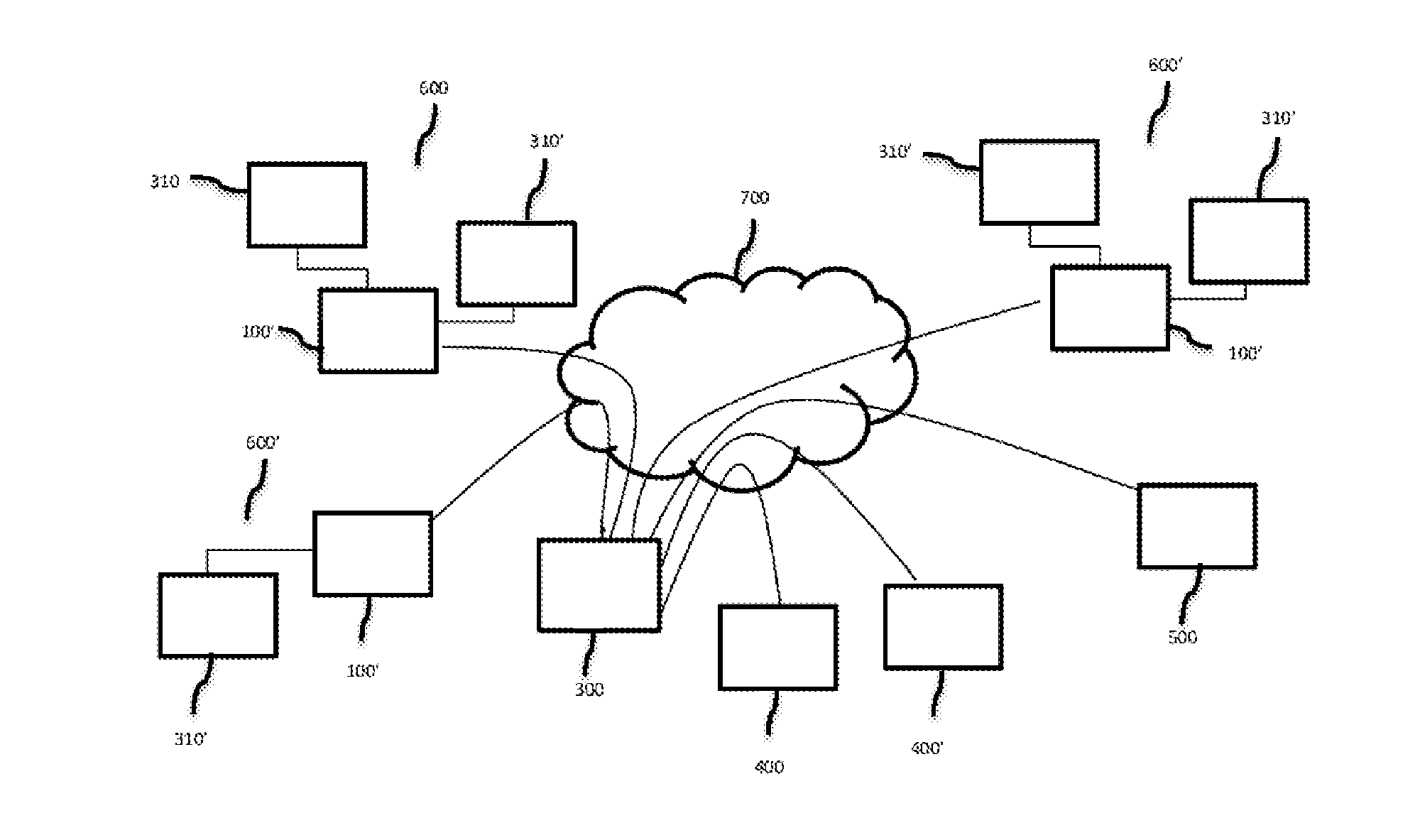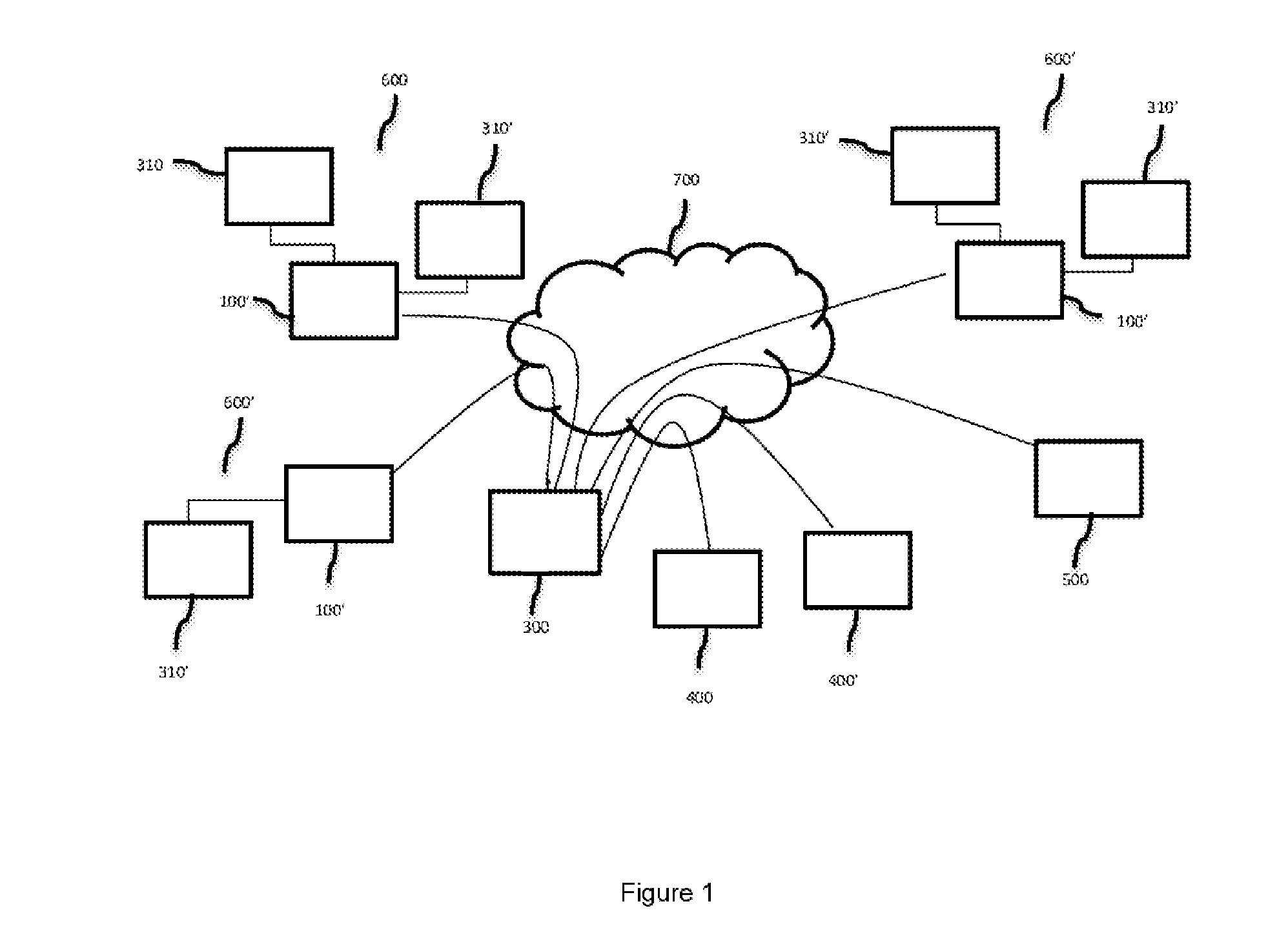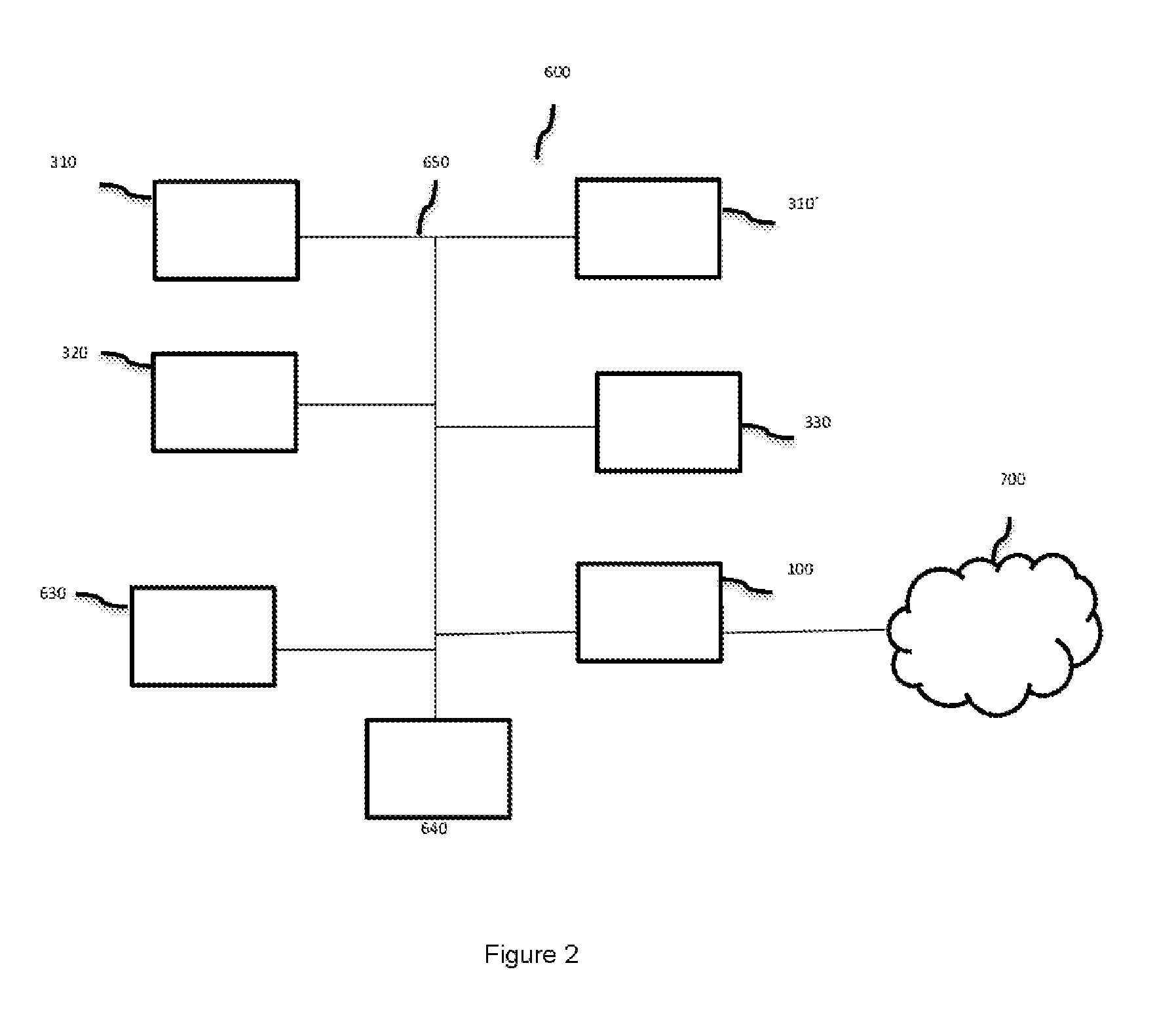The access of the end users to information technologies and to the digital services that these provide is conditioned by various factors and problems.
One of the problems is the geographical location of the users, as it can condition the availability of said digital services, depending on the
telecommunications deployment in each area.
Another problem is the socio-economic situation of the users, as access to said aforementioned communication networks depends, in most cases, on subscription charges with different business models (fixed
payment, pay-per-use, prepayment, etc.) which not all digital service users can assume.
An additional problem is the complexity of accessing the enormous amount of information currently available and which makes it difficult to find the information that is really important or useful.
But most of these initiatives are encountering some or all of the aforementioned barriers.
Current conventional video intercom systems, generally composed of an installation of two-wire buses and distinguishing them from those incorporating IP technology, do not have an infrastructure which allows them to provide advanced digital services, as the installation bus, when it exists, allows a very limited flow of information and is restricted to the transmission of a number of basic commands or messages, since they are systems which, generally, by means of a non-polarised two-wire communications line, communicates with a plurality of home terminals having an intercom and / or
image display monitor, to transmit audio, video and data over the communication line, such that they are capable of holding a conversation between two elements of the installation, transmitting two audio channels via said two wires (upstream audio and downstream audio), one video channel (normally upstream) and one
data channel for system management.
A separate case is that of video intercom systems having IP technology, which do allow this flow of high-performance information, including bandwidth, but its implementation is very limited due to the high deployment costs, as they do not work with the usually available cabling.
For example, solutions with IP technology are usually implemented over more complex and expensive infrastructures such as:Structured cabling (CAT-5), which requires specific cabling and distribution or switching elements (switches), entailing high costs, which do not allow the reuse of existing cabling based on simplified installation two-wire buses.The use of PLC (Power Line Communications) modems is also known in IP-based video intercom systems.
These modems use the power supply to convert it into a high-speed
digital data transmission line and leverage the existing cabling but require the use of an expensive modem in each device; in addition, the number of nodes is very limited.Lastly, another alternative for implementing these IP-based video intercom systems would be through Wi-Fi networks, which requires a Wi-Fi module per device, with the ensuing cost and added problem that the distances at which they can be accessed are limited.
Therefore, these types of solutions are mainly focused on single-user video intercom systems (home, office, etc.), where this system is combined with the existing IP network in the household and which is accessed over XDSL, optical fibre,
coaxial cable, etc., and therefore cannot be extrapolated to multi-user or multi-dwelling solutions.
One of the main problems of conventional video intercom systems based on two-wire buses is the use of the
communication channel.
There are alternatives which allow the use of the video intercom infrastructure or system to access
multimedia services on video intercom monitors through the display of on-screen menus generated by means of images in an external device, but at the cost of occupying the
communication channel, whereupon the video intercom and information service cannot be used simultaneously.
Patent application EP-1955486-A1 shows a video intercom system having
multimedia functions with external information sources that reach the user via the two-wire bus infrastructures, but where it is limited to a single user who can access the service each time, or is limited to a local connection within the dwelling to a
multimedia player, and also without using the infrastructure of the building of the video intercom system.
Although the system of this document seems to show simultaneous access to advanced multimedia services to a plurality of users, the system disclosed does not allow its implementation through a two-wire bus infrastructure and, on the contrary, is supported by a specific element for managing multimedia content.
In these applications, individual
connectivity systems in each dwelling are used for
remote management and do not actually use the video intercom installation infrastructure to perform said management and which, therefore, does not allow the simultaneous management of the audio and video intercoms of various dwellings, as in the case of an office or residential building.
This document shows the use of
twisted pair as cabling, i.e. it is assimilated to a CAT-5 cable, and therefore the system is not adapted for operating with the wires of a traditional video intercom installation.
 Login to View More
Login to View More  Login to View More
Login to View More 


